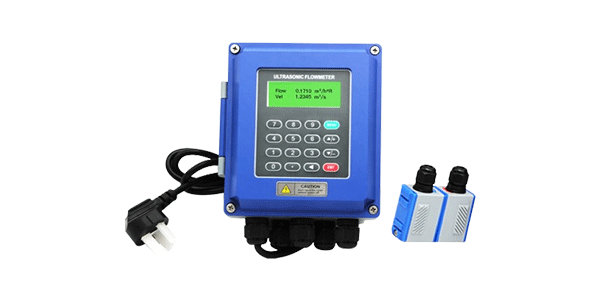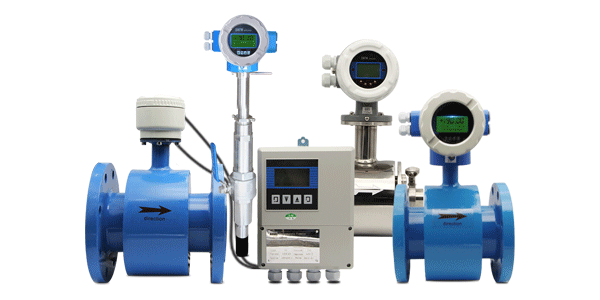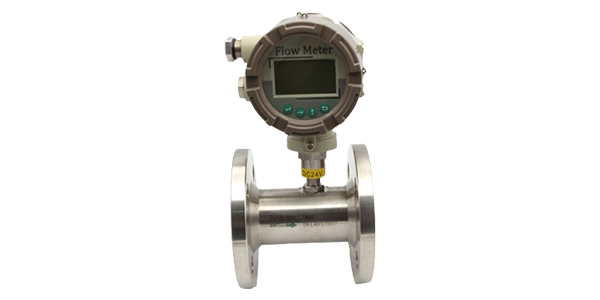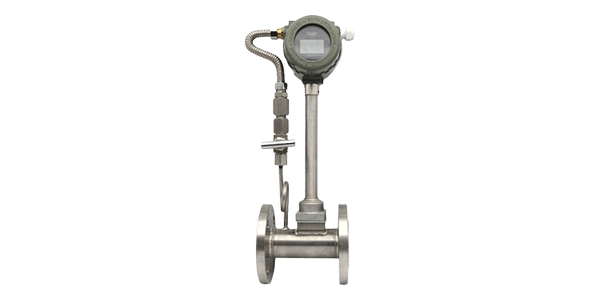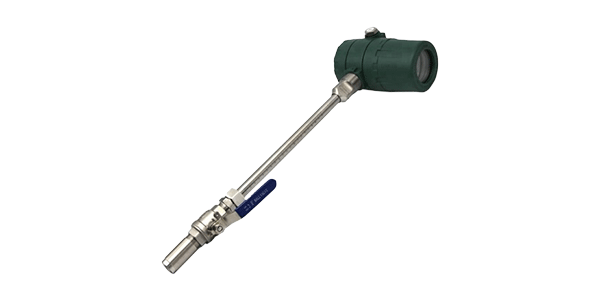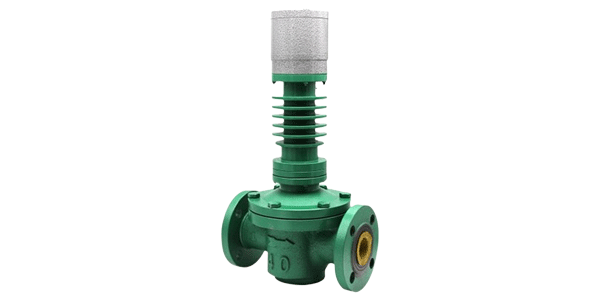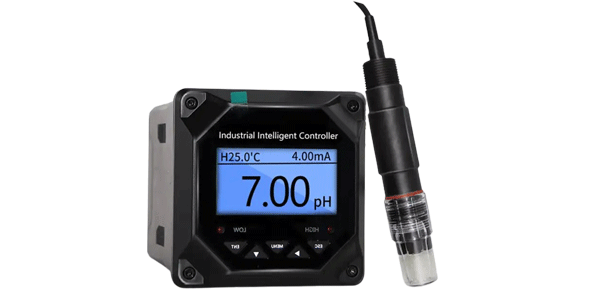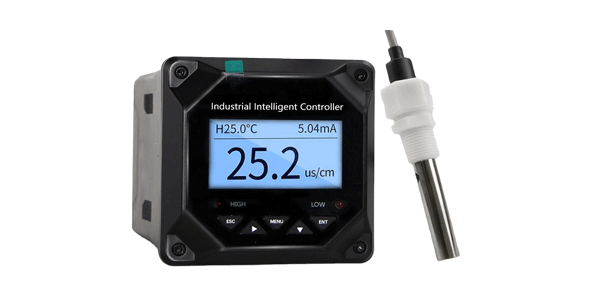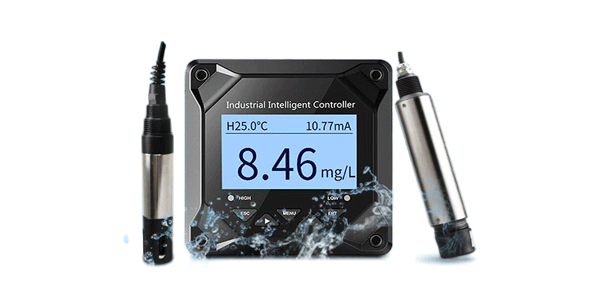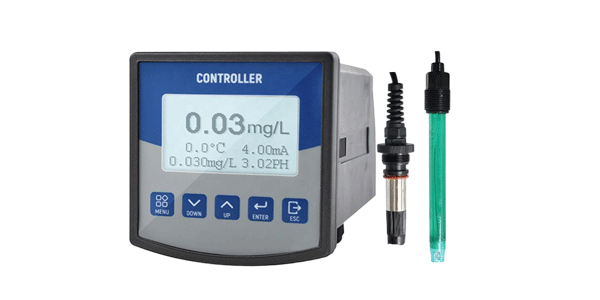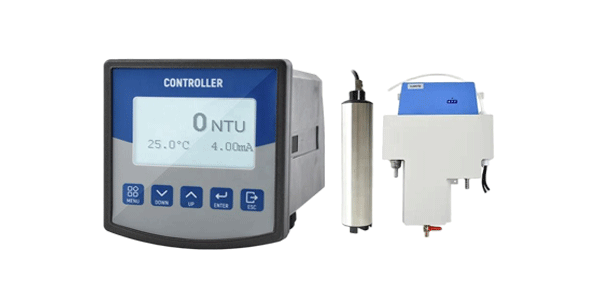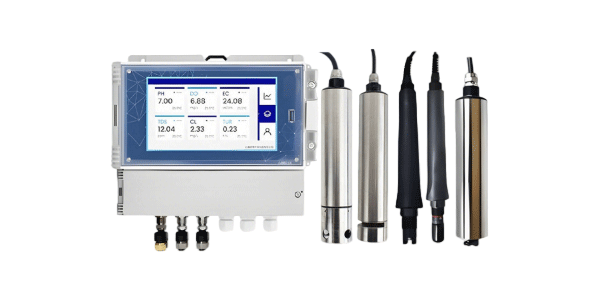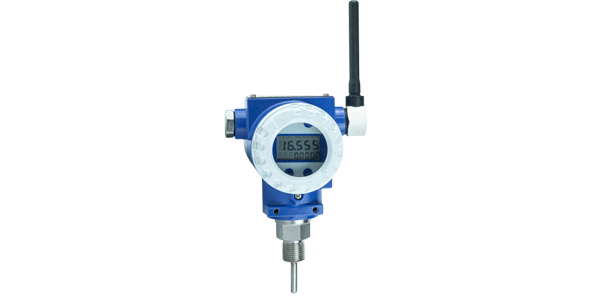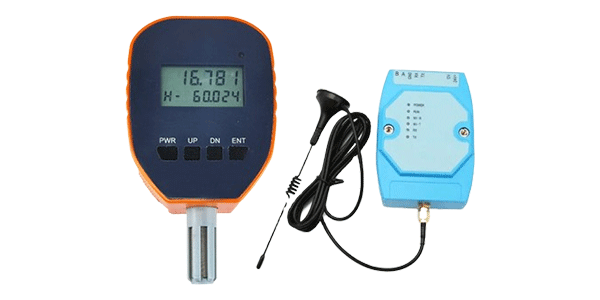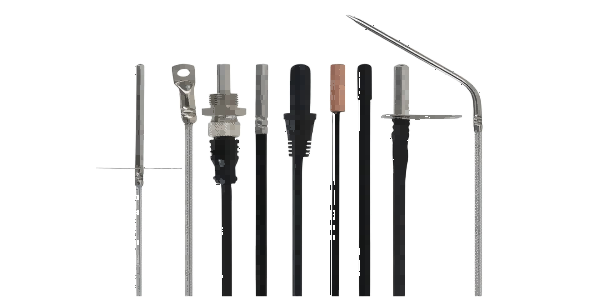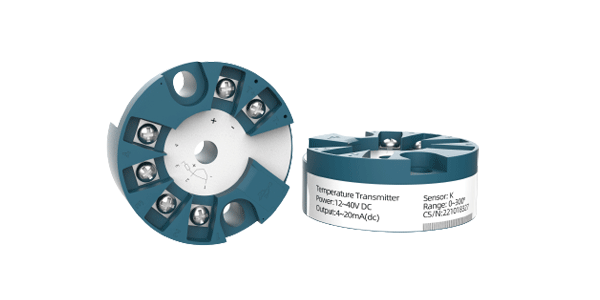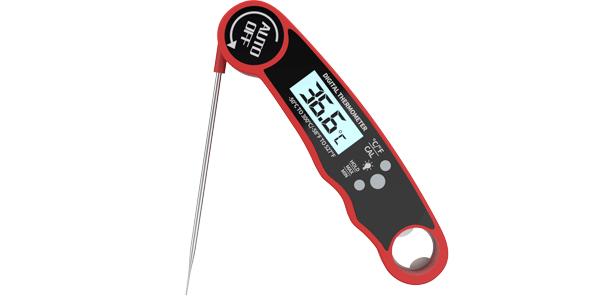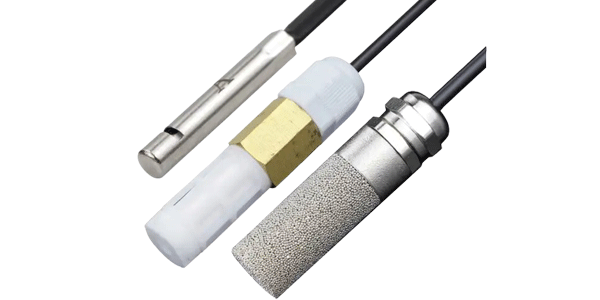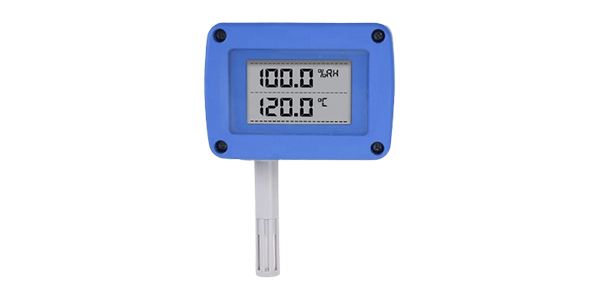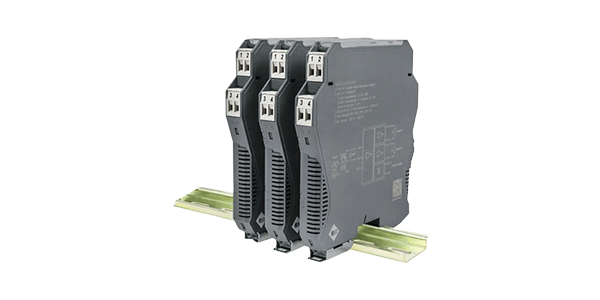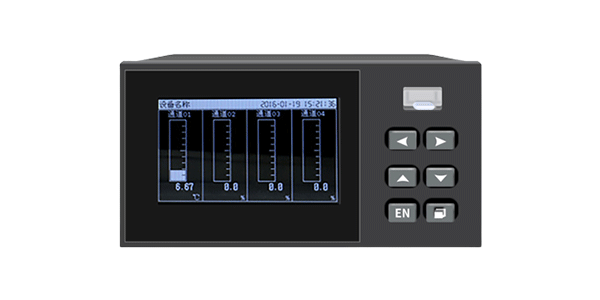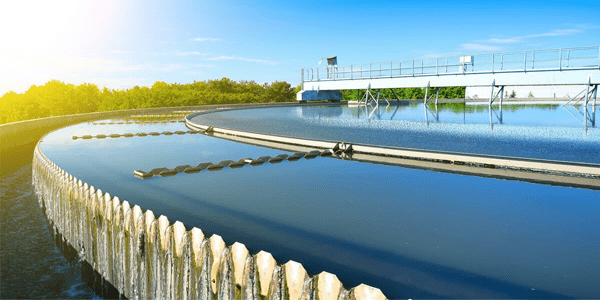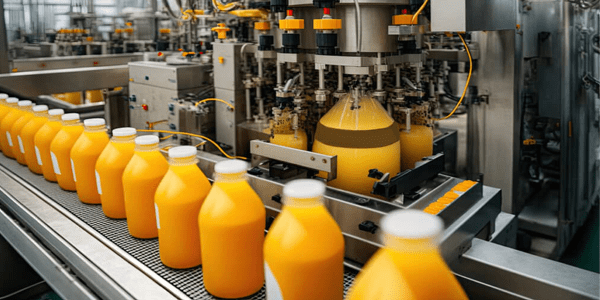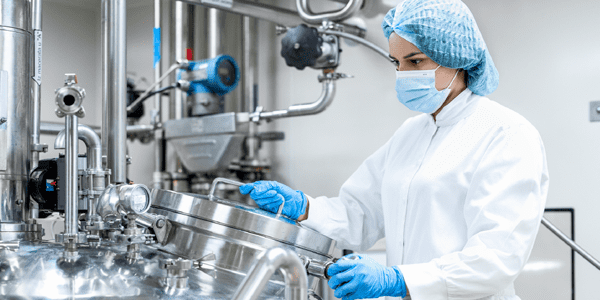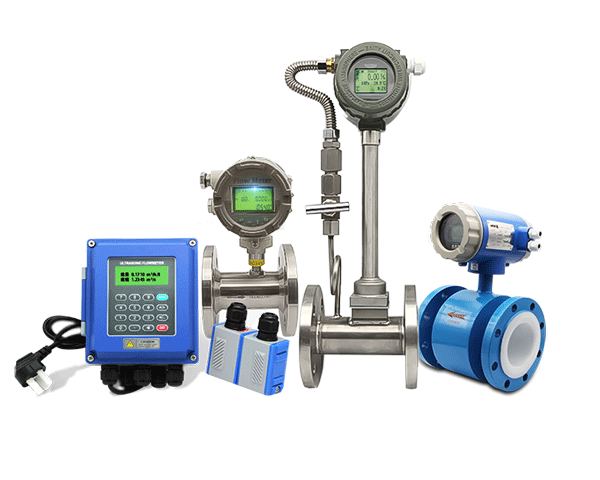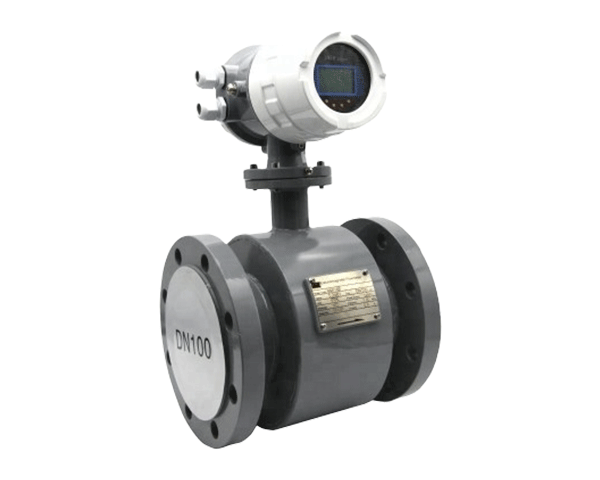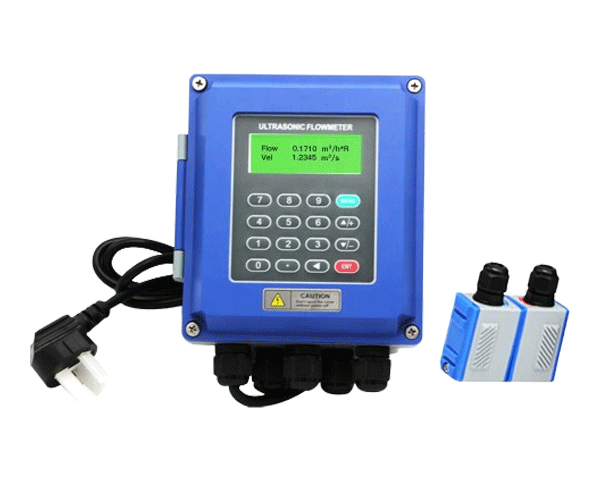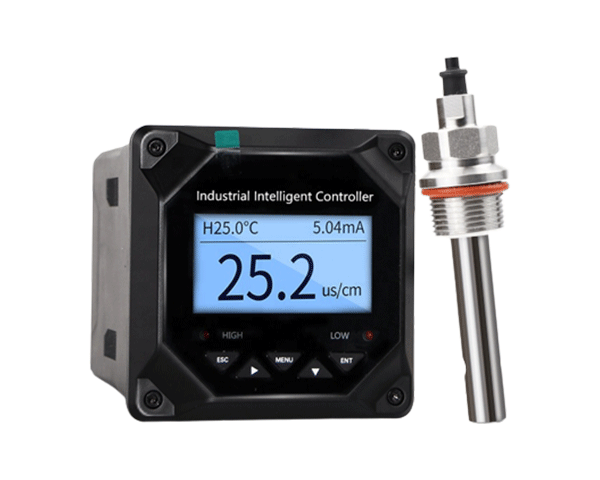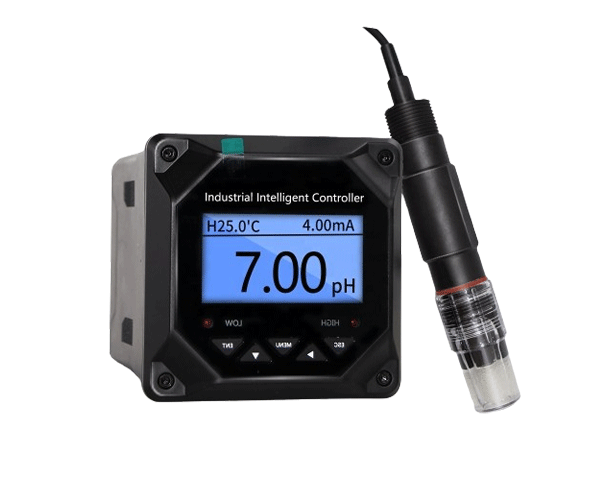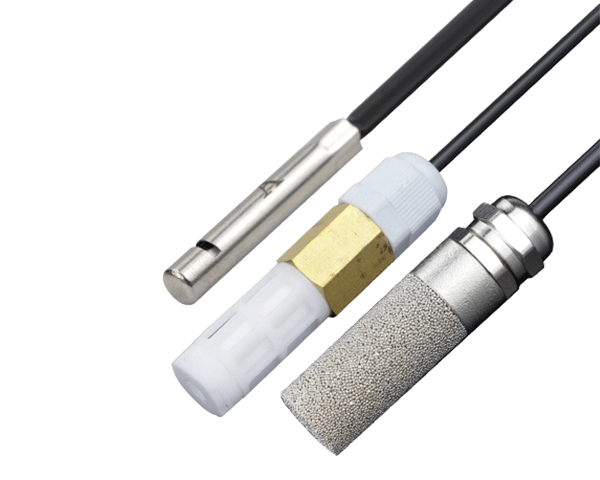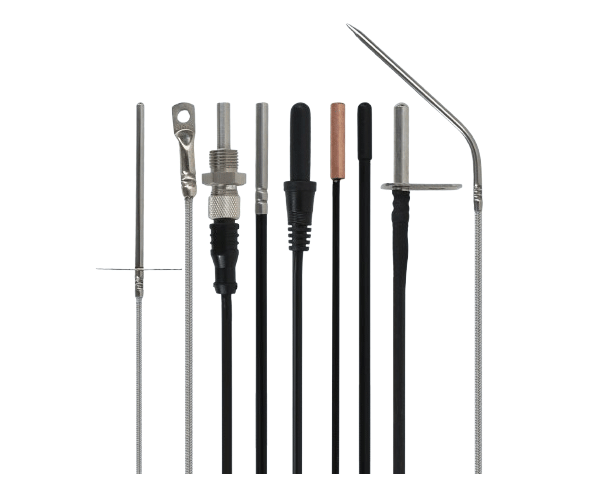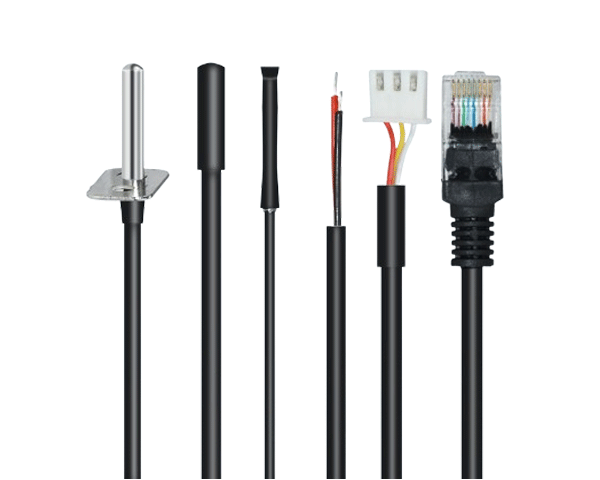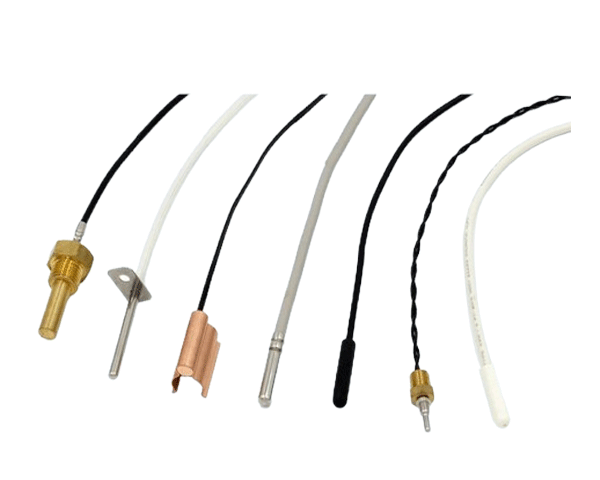Are you concerned about the safety and purity of your household drinking water? In this comprehensive guide, you'll discover how to use a TDS meter—a simple, affordable tool—to quickly assess your water quality. By the end of this article, you'll understand what TDS means, how to perform accurate tests, interpret your results, and take actionable steps to ensure your family's water is clean and safe. Let's empower you with the knowledge to become your own home water quality expert.
What is a TDS Meter and Why Should You Care?
A TDS (Total Dissolved Solids) meter is a handheld device that measures the total concentration of dissolved substances in your water. These can include minerals, salts, metals, and other organic compounds. While not all dissolved solids are harmful, high TDS levels can affect water taste, indicate potential contaminants, or signal the need for a water filter.
Regular testing gives you a snapshot of your water's general quality and helps you monitor changes over time. It's an essential first step in maintaining a healthy water supply for your family.
How to Test Your Drinking Water with a TDS Meter
Testing your water is straightforward and takes less than a minute. Follow these steps for an accurate reading:
Remove the cap and turn on the meter. Ensure the device is clean and calibrated if necessary.
Immerse the electrode (the metal end) into a clean glass of your tap water. Make sure the electrodes are fully covered.
Gently swirl the meter to remove any air bubbles that might affect the reading accuracy.
Wait until the reading stabilizes (usually 10-15 seconds). Avoid moving the meter during this time.
Record the result displayed in parts per million (ppm) or milligrams per liter (mg/L).
Rinse the electrode with clean water and dry it before storing to maintain accuracy.
Interpreting Your TDS Reading: What Do the Numbers Mean?
Understanding your TDS level helps you decide if action is needed. Here's a general guideline for interpreting your results:
Limitations of TDS Testing: What It Can and Can't Detect
While useful, a TDS meter doesn't tell the whole story about your water quality. It measures total dissolved solids but cannot identify specific contaminants like bacteria, viruses, lead, pesticides, or other harmful substances.
Think of TDS testing as an important first step in water quality assessment. If your TDS reading is high, or if you suspect other issues based on taste, odor, or appearance, consider professional lab testing for a complete water analysis.
Next Steps After Testing: Improving Your Water Quality
If your TDS level is higher than you'd like, here are practical solutions to improve your water quality:
Use a Water Filter
Pitcher filters, faucet attachments, or countertop systems can effectively reduce TDS levels and improve taste.
Install a Reverse Osmosis System
RO systems are highly effective at removing dissolved solids and providing purified drinking water.
Maintain Your Existing System
Regularly replace filter cartridges in your RO system or water softener to maintain optimal performance.
Retest Periodically
Check your water every 3-6 months to track changes and ensure your treatment system is working properly.
Conclusion: Take Control of Your Home's Water Safety
Using a TDS meter puts the power of basic water quality monitoring in your hands. It's a quick, easy, and affordable way to stay informed about what's in your water. Remember, consistent testing and understanding the results are key to ensuring your drinking water remains safe and refreshing for you and your family. Start testing today and take the first step toward better water quality awareness.


